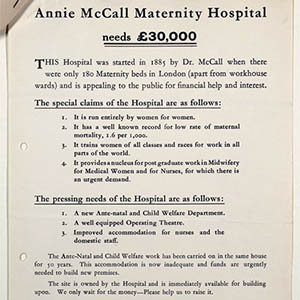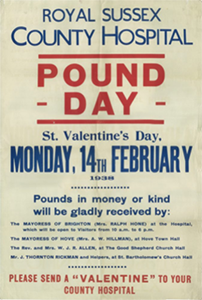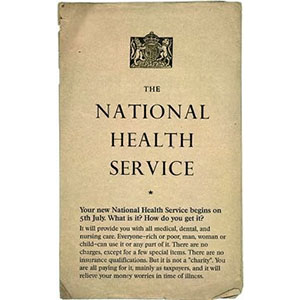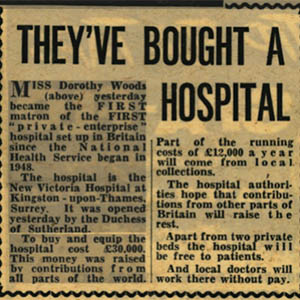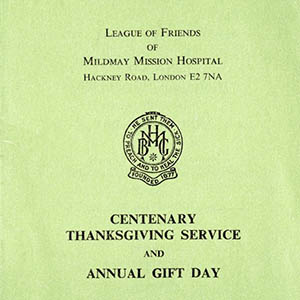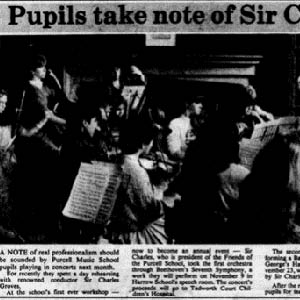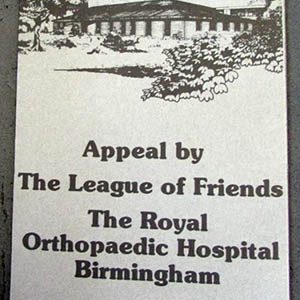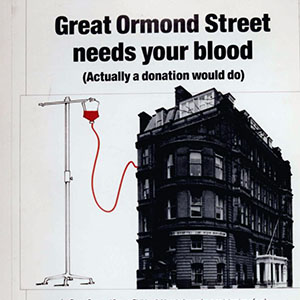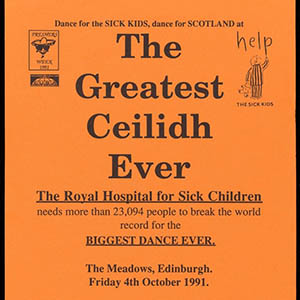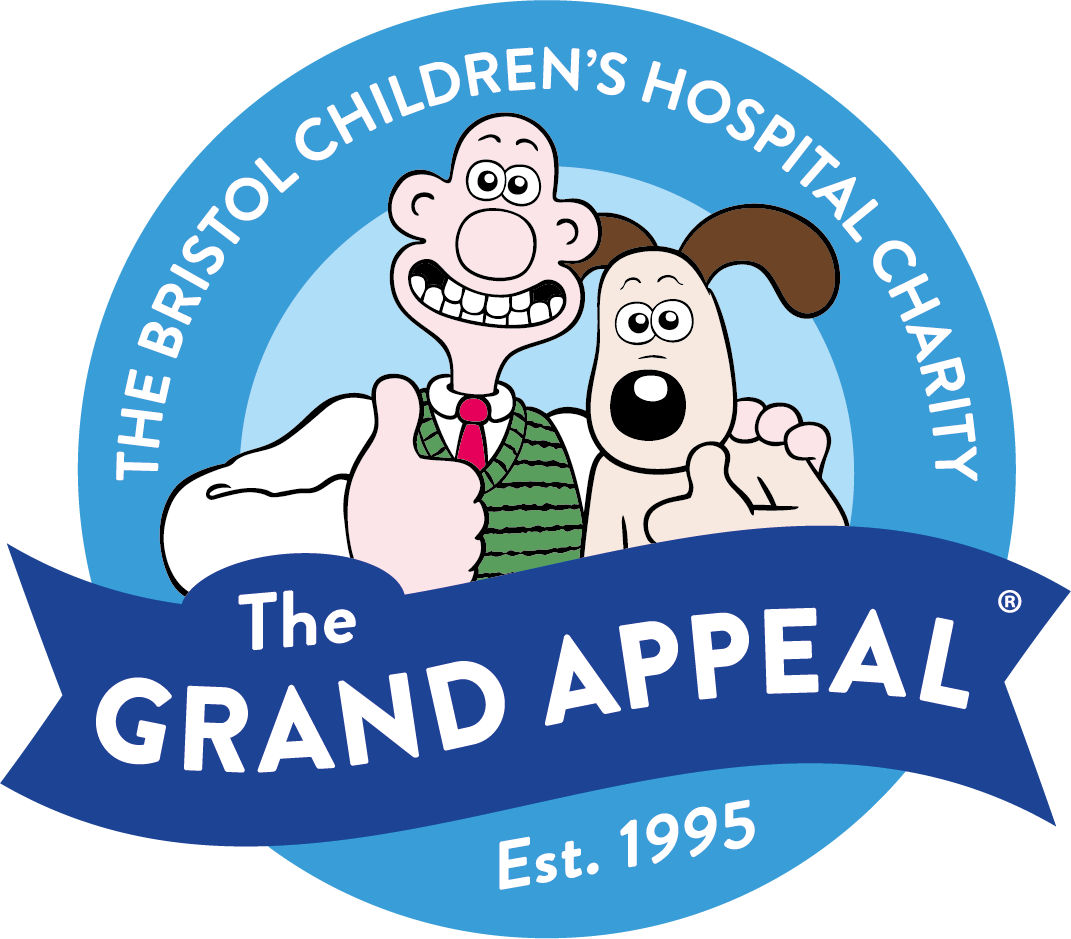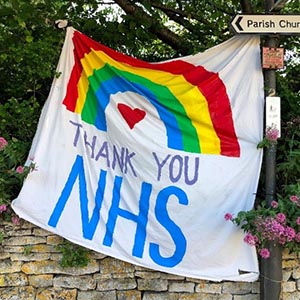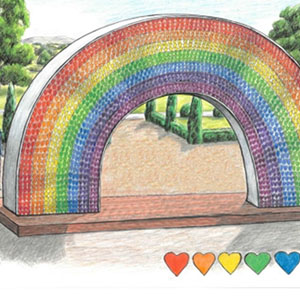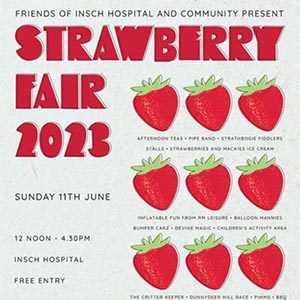Public fundraising activities are one of the most revealing aspects of charitable funding for healthcare in the UK. Before 1948, many hospitals were founded and funded with a mix of charitable donations, patient payments, investment income, and subscriptions. Under the NHS since 1948, these hospitals are funded by government, but space has continued for some active fundraising. This timeline of over 100 years of fundraising for healthcare shows these developments from pre-1948, to the early decades of the NHS, right up to fundraising around the NHS’ 75th birthday in 2023. Explore how the language and imagery of fundraising campaigns and appeals have changed, and notice some of the ways they have stayed the same.
Before the NHS (pre-1948)
Before the NHS was introduced, many hospitals in the UK were established through the efforts and contributions of communities, doctors, and philanthropic gifts. They remained reliant on fundraising efforts, though as donations fluctuated over time with economic and political context, they also began to receive income from patient payments, investments, subscriptions, and contributory schemes.
The NHS’s First 50 Years (1948-1997)
Following the introduction of the National Health Service in 1948, core hospital costs were now centrally funded. Charitable provision significantly reduced. However, some scope remained for charitable fundraising. The amount and scale of fundraising campaigns in the NHS grew considerably following the Health Services Act of 1982 which officially permitted NHS bodies to engage in fundraising.
Since the late 1990s and early 2000s, a lot of charitable giving has shifted from in-person to digital. With the introduction of online fundraising platforms like JustGiving, the proliferation of household computers and smartphones, and the development of social media, giving has gone online. This has made giving quicker and more accessible at a time marked by government debt and cuts to public expenditure.
Thank you for visiting our timeline on fundraising in the NHS. If there is something you would like added to the timeline, please get in touch: v.close@bham.ac.uk.

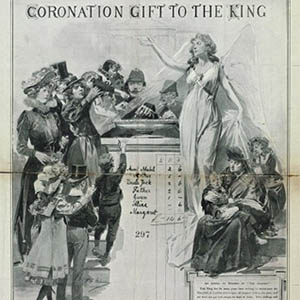
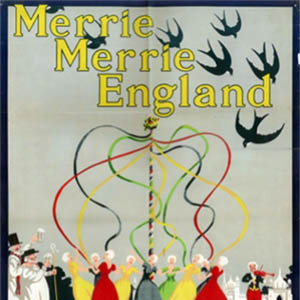
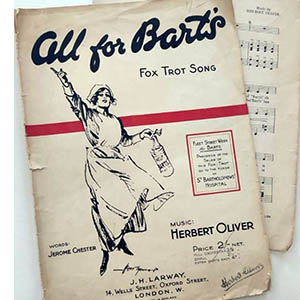
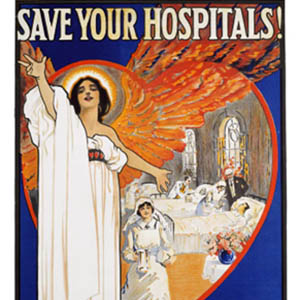
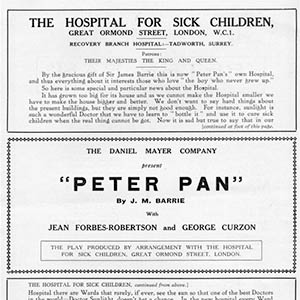
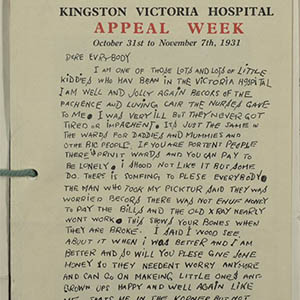
![A reproduction of an appeal leaflet for The Royal Infirmary of Edinburgh, “Reprinted from ‘The Scotsman,’ Tuesday August 25, 1936.” The first sentence on the leaflet says, in large, bold letters: “Two Hundred Years Ago.” The rest of text says: “On 25th August 1736 His Majesty King George II granted the Infirmary its Charter. At that time the cost of maintenance was £100 – per annum – today it is £160,000 – per annum. Funds are most urgently needed both for General Maintenance and for the many Extensions at present in progress – the chief of which are: – 1. A New Maternity Block. 2. A New Home for Nurses. 3. Special X-Ray and Radium Apparatus for the treatment of Cancer. Please assist this great National House of Healing by sending a contribution to The Treasurer, who will most gratefully acknowledge it. [Signed] Henry Maw, Secretary and Treasurer.” The words National House of Healing are in bold.](https://more.bham.ac.uk/border-crossings/wp-content/uploads/sites/50/2023/07/1936-edinburgh.jpg)
